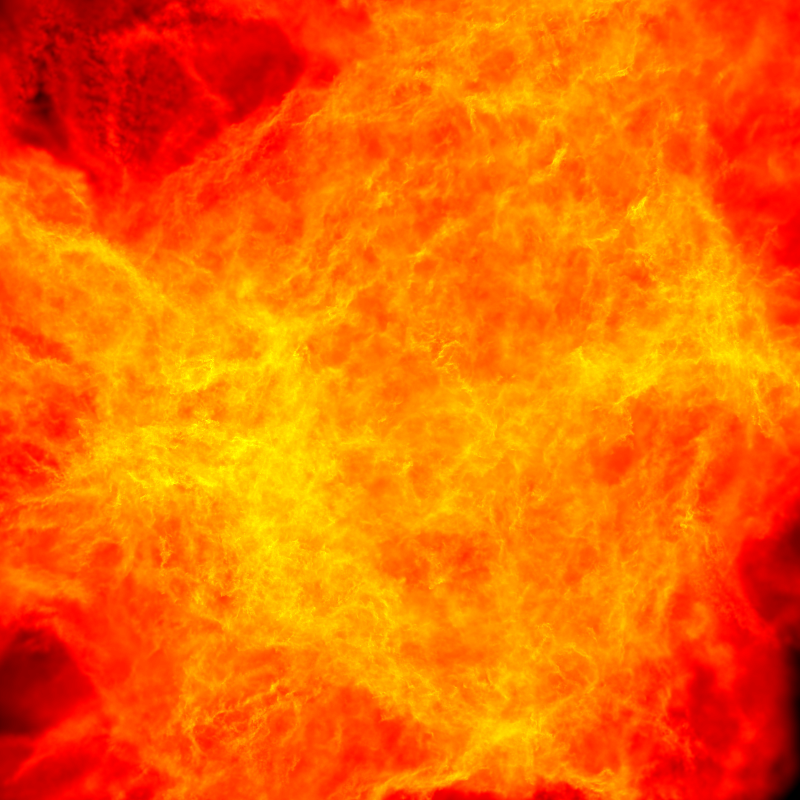Turbulence
Turbulence is random motion. In the context of astronomy and star formation it is the random motion of gas in the interstellar medium (review of star formation and turbulence: Mac Low and Klessen 2004), which is observed in all star forming regions. Turbulence can be supersonic or subsonic. Supersonic motions are able to compress gas and therefore might be responsible of sweeping up overdense molecular clouds and cores within. Subsonic turbulence is essentially incompressible and does not create overdense structures but provides an additional pressure force, which might slow down the gravitational collapse of cloud cores.

Turbulence is also a cascading process: Large-scale turbulent motions are cascading towards smaller and smaller scales with a constant energy loss at all scales (except the viscous scale where the kinetic energy is dissipated into heat). In this Kolmogorov-type cascade process the turbulent energy (and therefore the random fluid motions) is smaller at smaller scales. The low viscosity, and therefore the high Reynolds number, of the interstellar medium (the ISM is very dilute; 1 to 104 particles per cubic centimeter) ensures that large-scale supersonic turbulence will become subsonic at smaller scales. This transition scale - the sonic scale - sets the size of dense molecular cloud cores out of which stars might form.
Although turbulence plays a crucial role in star formation its origin is far from being understood. Viable candidates to excite turbulent motions in the interstellar medium are infalling gas from nearby galaxies, shear motions in spiral arms of the galaxy, supernovae, or feedback from young (massive) stars. The feedback from YSOs (jets and radiation) is part of our current research activity.
Responsible: , last modification Jan/30/2008 16:41 CET
